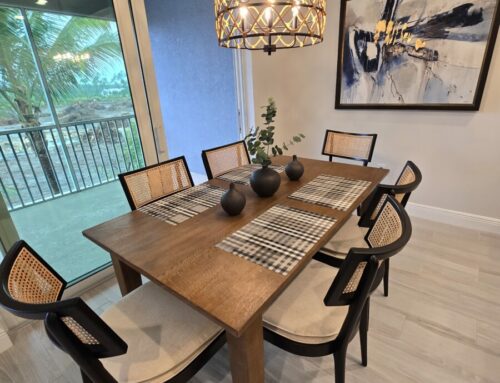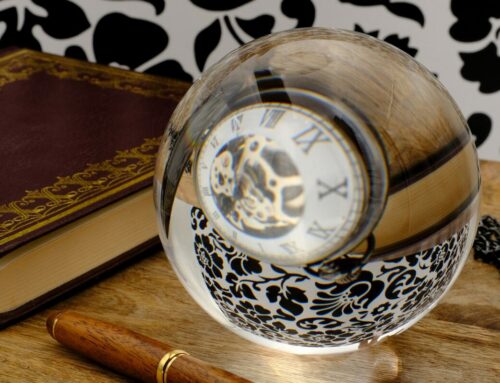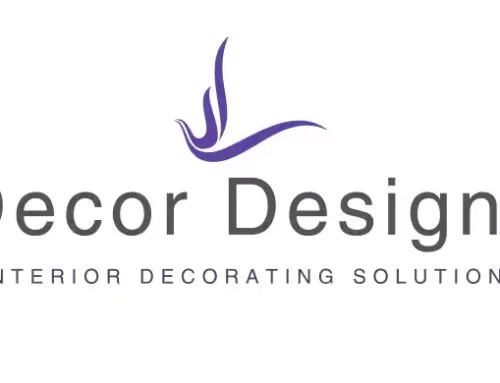What single design element has the power to make or break a beautiful space? You guessed it…. lighting! After all, it doesn’t matter how beautiful a room is if you can’t see it! Obviously, we’re not just talking about a gorgeous chandelier, statement torchiere or amazing table lamps. Proper lighting in a space goes far beyond the appearance of the actual light sources themselves.
While the aesthetics of lighting are obviously important (because those elements command attention in a space), the different types of lighting and their placement is equally important in enhancing or detracting from a room’s overall appearance and even how well it functions.
Let’s shed some light on the importance of light sources and placement (along with some FAQs) and how good lighting will make your home’s decor really shine.

Correctly arranging lighting in a room involves considering the room’s function, the mood you want to create, and the overall design aesthetic. Here are some of the most important considerations to help with your own interior illumination.
Identify the Room’s Purpose: As with any design plan, determine the primary activities that will take place in the room. Different activities may require different types of lighting just as they require different furnishings and layouts.
Layer Lighting: Incorporate the four main types of lighting for a balanced and functional space:
-
- Ambient Lighting: Provides overall illumination and sets the room’s general mood. This can b
 e achieved through ceiling-mounted fixtures like chandeliers, pendants, recessed lights, or track lighting.
e achieved through ceiling-mounted fixtures like chandeliers, pendants, recessed lights, or track lighting. - Task Lighting: Direct light for specific activities such as reading, cooking, or working. Task lighting can come from table lamps, floor lamps, or pendant lights placed strategically near work areas.
- Accent Lighting: Highlights specific features or adds visual interest to the room. This can include wall sconces, picture lights, or track lighting to showcase artwork, architectural details, or decorative objects.
- Natural Light: Take advantage of natural light sources such as windows and skylights. Natural light is the best lighting of all. Arrange furniture and window treatments to maximize natural light whenever possible.
- Ambient Lighting: Provides overall illumination and sets the room’s general mood. This can b
Plan Fixture Placement: Position fixtures to provide even illumination throughout the entire room. Avoid creating harsh shadows or glare. For example:
-
- In living rooms or bedrooms, consider placing ambient lighting fixtures in the center of the ceiling for overall illumination.
- For kitchens and workspaces, ensure task lighting is directed towards countertops, islands, and other work surfaces. Well spaced, recessed lighting is ideal.
- Use accent lighting to highlight architectural features like exposed beams or textured walls, or to draw attention to artwork or decorative pieces.
- Create a “triangle of light” in every space. Dark spaces detract from the overall look of a room and should be avoided, if possible. Six sources of light, including a mixture of ambient, task, accent and natural light, is an ideal number of sources to insure adequate lighting.
LIGHTING FAQS:
- How do I determine the right size of fixture?
Determining the best sized fixture for a space is usually a two-fold prospect. First, the fixture needs to fit the overall size of the room while also being scale appropriate for nearby furnishings. In general, adding the length and width of a room will give you an approximate idea of ideal fixture size. For example, a space that’s 10′ x 15′ would need a 25″+/- wide fixture. If a room is 15′ x 20′, you’d consider a fixture roughly 35″ wide.As for scale appropriate, a similar formula works. For a dining table or kitchen island, the width of the fixture is generally 1/3-1/2 the width of the table. For example, a 60″ round table is best complimented by fixtures generally 20″-30″ wide. For a rectangular table, the measurement is generally determined by the narrowest width. For extremely long tables or islands, a pair of fixtures is best. - How far above a dining table or kitchen island do I hang a chandelier or pendant?
The rule of thumb for fixture placement is 30″-36″ above the table or island. The placement for dining tables is 32″-34″ from bottom of the fixture to the surface. Island fixtures trend more toward 36″ above. - What is the correct height for a foyer or other centralized fixture?
General consensus for placement of this type of fixture is 3″ for every vertical foot of ceiling height. For example, a fixture in a room with 9′ ceilings shouldn’t hang lower than 27″ from the ceiling.
Use Dimmer Switches: Dimmer switches allow flexibility in adjusting the brightness of the lighting according to the time of day, mood, or specific activities. Dimmers for both ambient and accent lighting can help create ambiance and conserve energy.

Select Fixtures That Complement the Room: Choose lighting fixtures that fit the room’s style and decor. Consider the scale of the fixtures in relation to the size of the room and the furniture within it (see above).
Test Lighting Arrangements: Once fixtures are installed, test the lighting arrangement to ensure it meets your needs and preferences. Make adjustments as necessary to achieve the desired effect.
By carefully considering the room’s function, layering different types of lighting, and strategically placing fixtures, you can create a well-lit and inviting space that enhances both its functionality and aesthetic appeal.


 e achieved through ceiling-mounted fixtures like chandeliers, pendants, recessed lights, or track lighting.
e achieved through ceiling-mounted fixtures like chandeliers, pendants, recessed lights, or track lighting.



 From Decor Designs Owner & Chief Creative,
From Decor Designs Owner & Chief Creative,